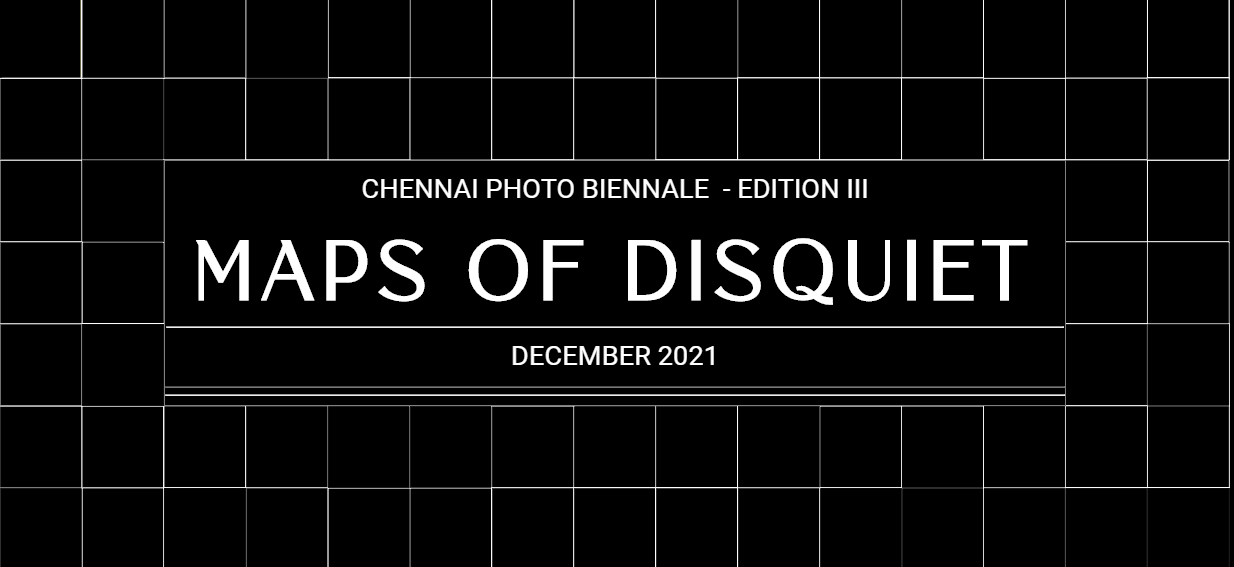
Jane Jin Kaisen has participated in several other biennales like Liverpool, Gwangju, Anren, Jeju. She has exhibited and screened globally at galleries and museums including Kunsthal Aarhus, Nikolaj Contemporary Art Center, The National Museum of Photography (DK), Times Art Center, Museum Ludwig, Videonale13 (DE) among others.
She holds a PhD in artistic research from the University of Copenhagen, Department of Art and Cultural Studies, an MFA in Interdisciplinary Studio Art from the University of California Los Angeles, an MA in Art Theory and Media Art from The Royal Danish Academy of Fine Arts, and she participated in the Whitney Museum of American Art Independent Study Program.
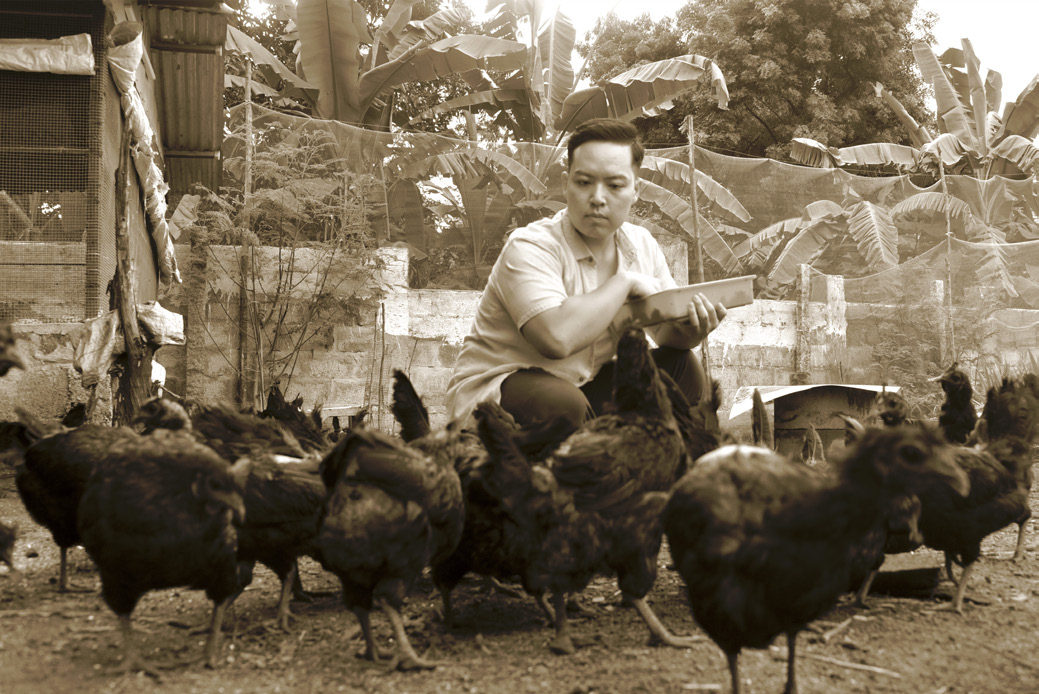
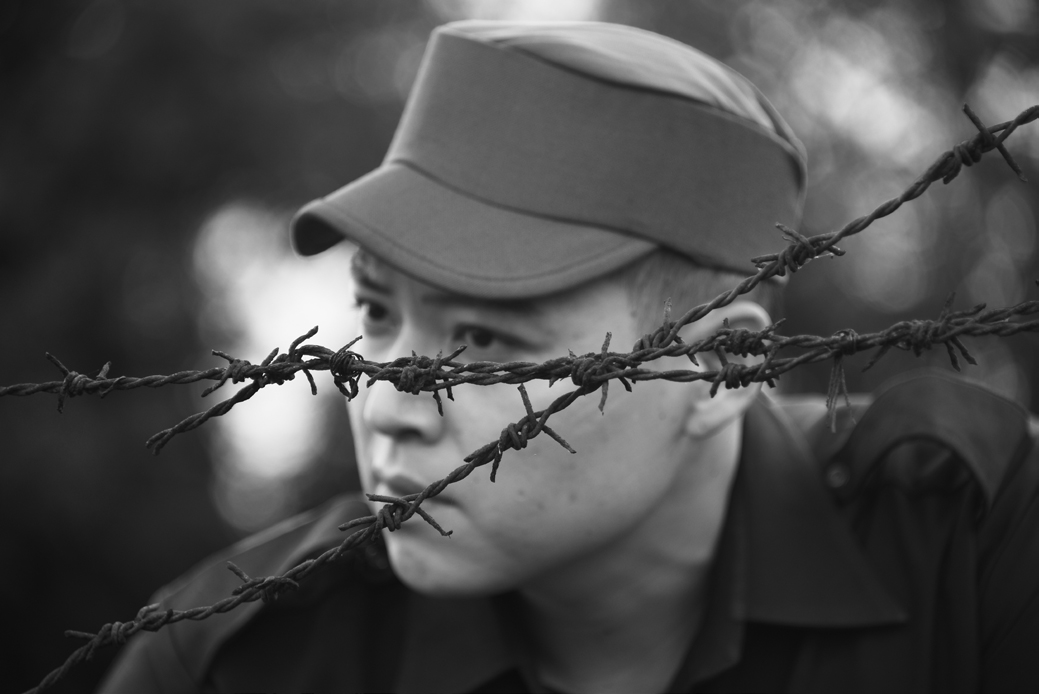 Chicken Run. (Photo credit, Parvathi Nayar).
Chicken Run. (Photo credit, Parvathi Nayar).Parvathi Nayar is a Chennai-based visual artist, writer, poet, pedagogue and speaker. Parvathi plays an active role – and is deeply committed to supporting – the emerging renaissance of the contemporary in Chennai. Parvathi is known for her installations, videos, complex drawing practices, painting and photography. Her art engages with contemporary social thinking and issues, and specifically with environmental concerns. Her black-and-white graphite drawings offers a philosophy of space, often through the prism of science and technology. Parvathi has exhibited at the Kochi-Muziris Biennale 2014/15; has worked in Jai He, India’s largest public art project located at the T2 terminal Mumbai; and was twice a TedX Speaker.
Nayantara Nayar is a performance maker, researcher and storyteller based in Chennai. She has a background in theatre and education, documentary film and sociology. Her practice looks at how to use performance and storytelling to explore larger historical time periods and socio-political issues from deeply personal perspectives. Apart from making performance, Nayantara also writes scripts. Her most recent works have included ‘The Lottery’, long-listed for the Hindu Play Writing Award 2018, and was selected for the Fringe 2019 as a part of the Traverse Theatre’s Writer’s Block programme, conducted in partnership with Rage Theatre, Mumbai. Her last solo show ‘Amma what is black pepper in Malayalam?’ was produced and performed for the University of Kent, UK. Nayantara is currently pursuing her Ph.D in the U.K.
Chicken Run excavates an unusual story of war through an investigation into our histories that seamlessly mixes fresh imagery and archival photos.
The web-based installation is based on the notes and images collected by Curator P for an upcoming exhibition at the People’s Museum of Chennai, relating to Mr H. The mysterious Mr H was a Korean prisoner of War, who did not want to return to his home country when the Armistice Agreement halted the Korean War in 1953.
Chicken Run’s fictional photo-narrative traces his history from humble beginnings in rural Korea, through imprisonment as a Korean prisoner of war, to life in the Demilitarised Zone under the care of the CFI (Custodian Forces of India), to setting up as a chicken farmer in Madras in the late 1950s.
Curator P’s fascination with Mr H stems from the fact that her father was one of the soldiers who went with the CFI, to Korea, to sort out the Prisoner of War impasse. While the signing of the Armistice Agreement had brought an end to war, it was a fragile peace. Many including Pandit Nehru, feared World War III, given that the major superpowers of the world were involved in this war on Korean soil.
The United Nations took a hand in settling the issue of the non-repatriate POW issue with neutral India becoming both the Chairman of the Neutral Nations Repatriate Committee, and also sending 6000 army soldiers as the CFI to take care of the prisoners.
The Korean War is often called the 'Forgotten War'. While this is in reference to America's more overt fascination with stories from Vietnam, many aspects including India’s role as peacekeepers does seem to be largely forgotten. And yet it has effects that rippled out into the world and influenced everything from American air force strategies to India's relationship to the United Nations and ideas of 'Neutrality'.
Limits of Change is a project that seeks to highlight some of those effects, particularly the stranger and more unpredictable consequences of war: of lives displaced, plans undone, and identity interrupted. As India’s involvement in Korea in a concrete sense - ie the sailing of ships that carried the CFI - began and concluded in Chennai, this city becomes a cartographic marker as well.
It is noteworthy that the chief countries included in Limits of Change project were colonised – India by the British, and Korea by Japan. Colonialism, in latent and obvious ways has shaped the psyche of its peoples and their history.
The project started from a note of autobiography – Parvathi’s father (Nayantara’s grandfather) went with General Thorat on the CFI’s reconnaissance of Korea and stayed on till the completion of the CFI’s mission there. Chicken Run uses his archival material extensively. However the arc of the narrative, while based closely on the facts of the time, is entirely fictional. Fiction can tell the truest stories of our troubled times and the notes of hope we can gather from them.
To view both Jane Jin Kaizen and Parvathi and Nayantara's evocative projects, access the Chennai Photo Biennale web page www.chennaiphotobiennale.com
For further information, please visit www.chennaiphotobiennale.com
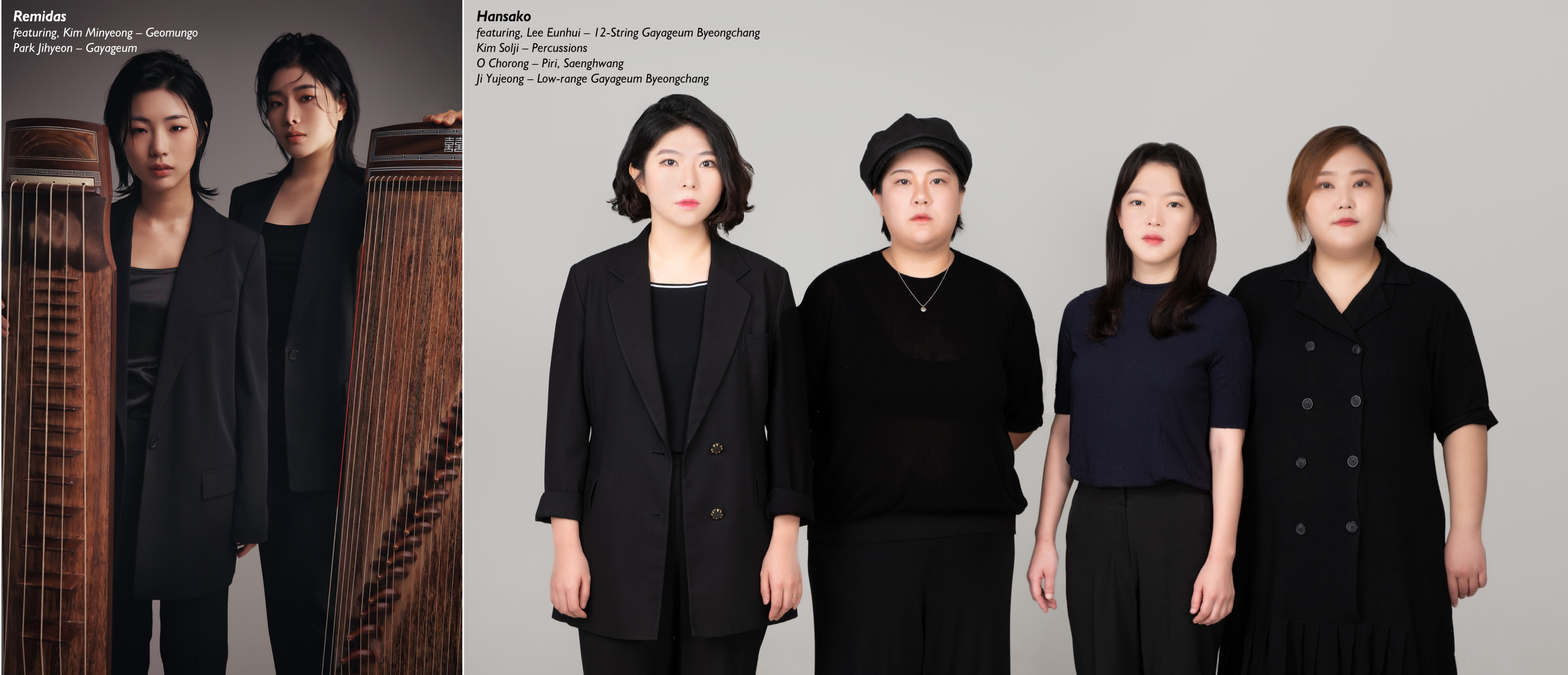
The K-Sori series is presented in association with
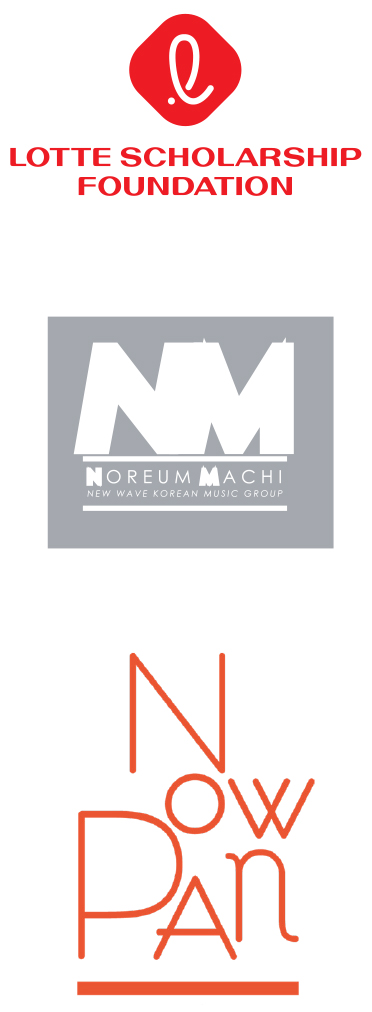
Cheongchun Yeoljeon Chulsapyo, or Chulsapyo, which began in 2015, is a project that aims to provide scholarships to high-school and college students who are studying gugak (Korean traditional music) and to provide prize money to junior gugak groups to create music with traditional music vocabularies and instruments. This scholarship and competition project is aimed to build a foundation of next-generation Korean musicians who can nurture, preserve and promote traditional Korean music in the contemporary era.
The 6th Cheongchun Yeoljeon Chulsapyo, presented by Lotte Scholarship Foundation and Noreum Machi along with NOWPAN KOREA, will hold the final competition this year in November 2021.
Gugak, literally meaning ‘national music’, refers to traditional music that has been practiced over the years on the Korean peninsula. It is generally divided into jeongak, or classical music practiced in the court or for the upper class and minsogak, or folk music practiced in the village or enjoyed by the general public until the early 20th century. For example, jeongak includes music played during Confucian rituals for royal ancestors and Confucian scholars and at various festive events and banquets in the court as well as small ensemble music or classical vocal music that the literati enjoyed or geomungo music that was played to enhance spiritual discipline. Folk music includes folk songs played in various contexts, which have regional characteristics in terms of dialects and melodic modes, some entertainment music such as pansori and sanjo, pungmul practiced during village events, and music played at shaman or Buddhist rituals. Currently, an increasing number of gugak musicians seek to create music that can be enjoyed by contemporary audiences, whether it is created with traditional musical expressions and played only with traditional instruments or it is integrated with western or world music.
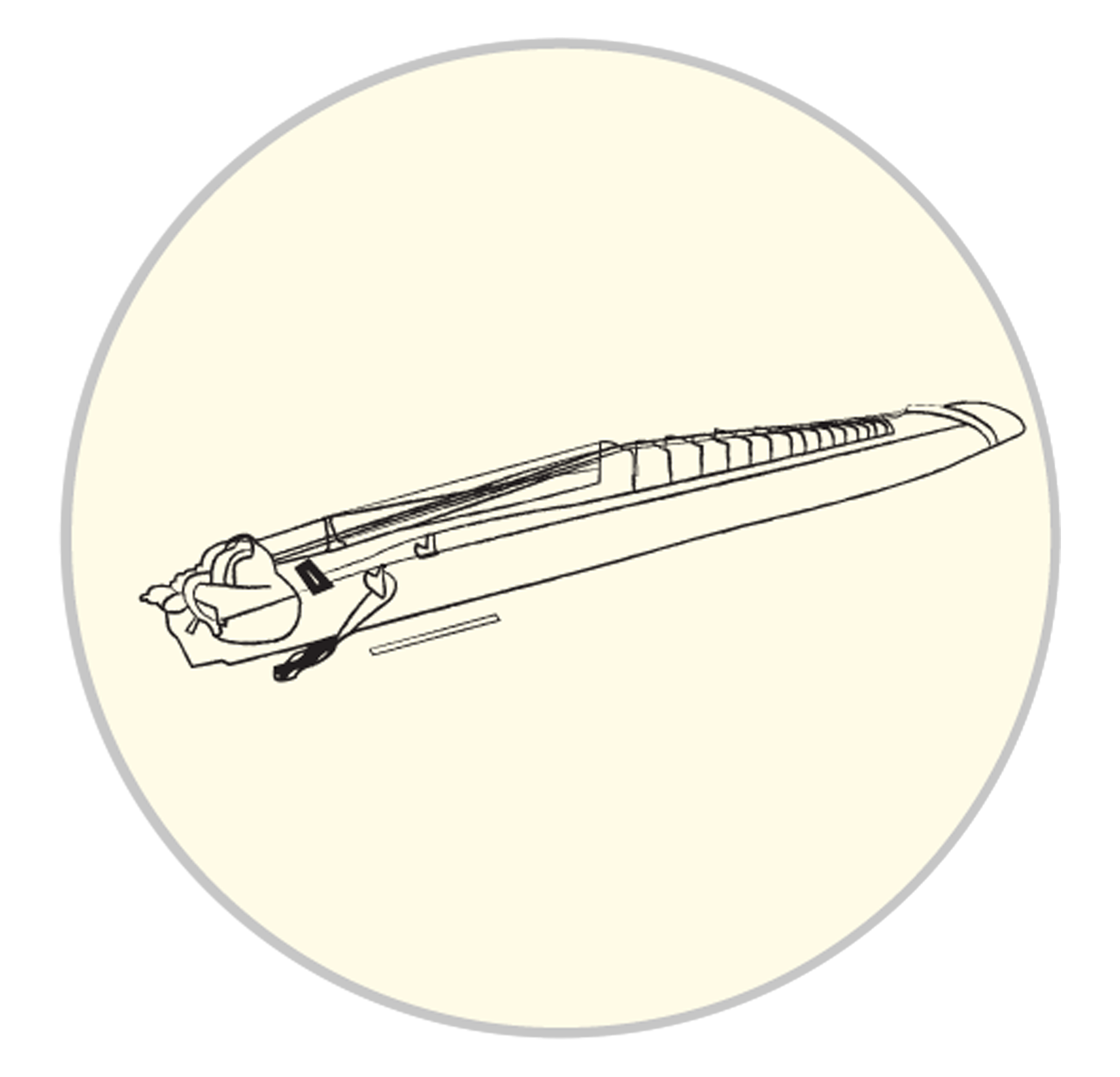
The geomungo is a six-string zither with three movable bridges and sixteen convex frets. The modernized geomungo increases the strings and uses nylon strings. The instruments are widely arranged in traditional music from solo performance to an orchestra.

The gayageum is a traditional Korean zither-like string instrument. It is probably the best known traditional Korean musical instrument.
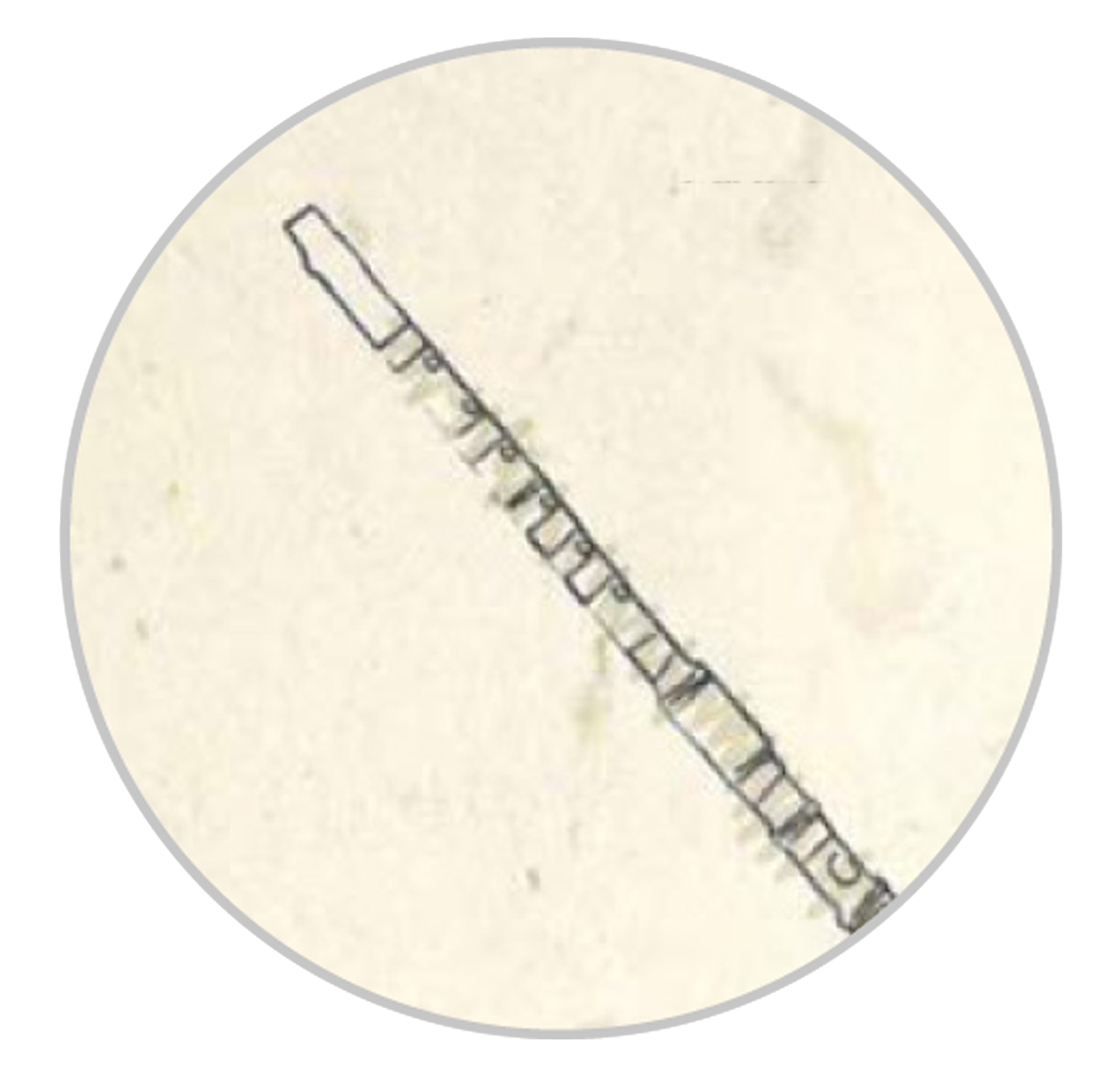
The Piri is a Korean double-reed instrument, made of bamboo, used in both folk and classical (court) music of Korea. Its large reed and cylindrical bore gives it a sound mellower than that of many other types of oboe.
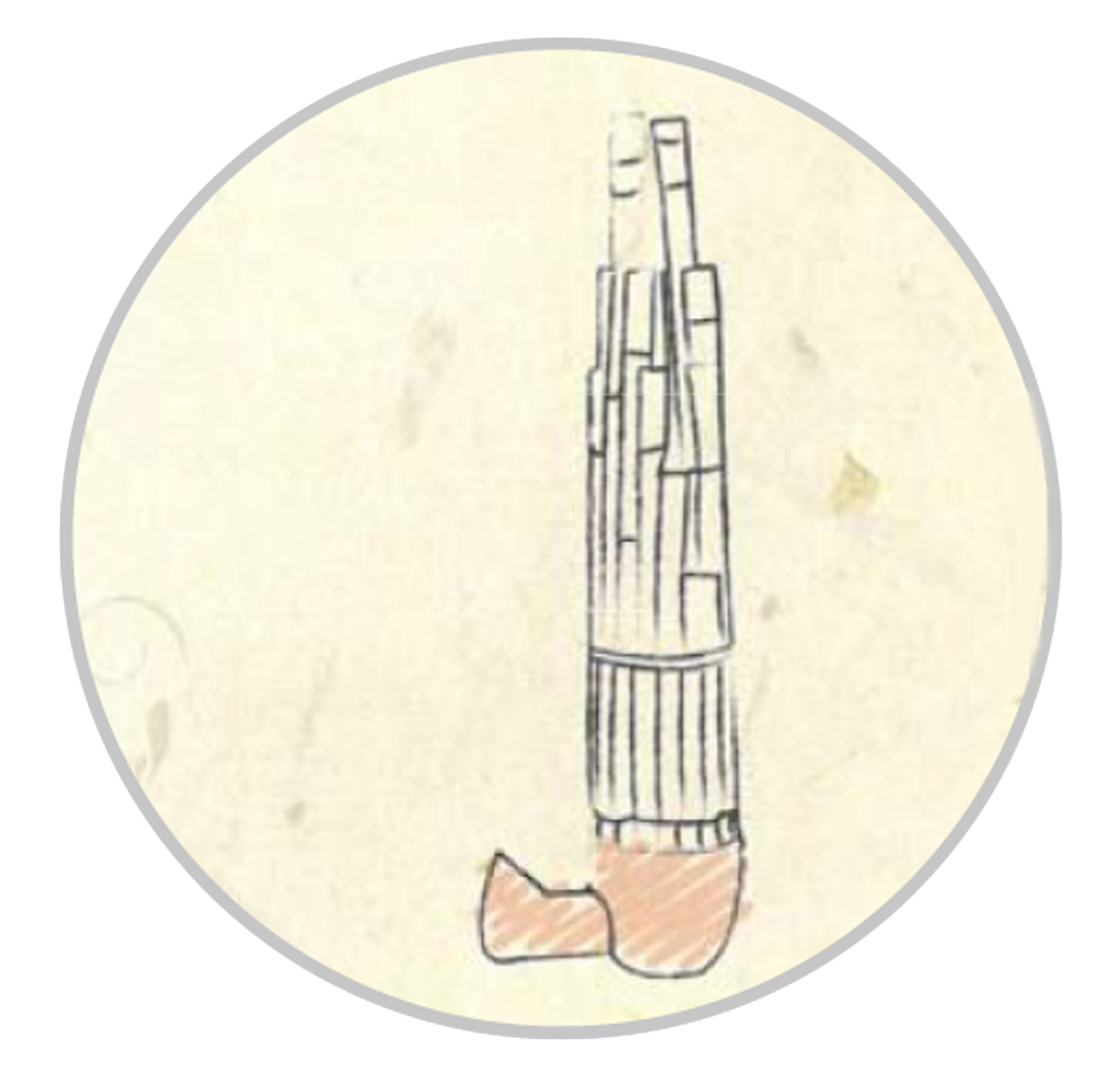
The Saenghwang which is a free reed mouth organ is a Korean wind instrument constructed from 17 bamboo pipes, each with a metal free reed, mounted vertically in a windchest.
Korean percussive instruments are made of metal, animal skin, wood, bamboo, and stone. They are also divided into two kinds, one with different pitches and the other without pitches. The pyeonjong and the pyeonggyeong are the most popularly shown melodic percussive instruments, while the bak, jwago, janggu, kkwenggwari, jing and buk have no pitch.
For two scintillating performances in Episode 4 of this series, tune in to https://www.inkocentre.org/k_sori_episode4.html on Thursday, 9 December 2021 at 6.00 p.m. IST.
The link to view the performance will be accessible until Sunday, 9 January 2022.

Dance on Film
is presented in association with
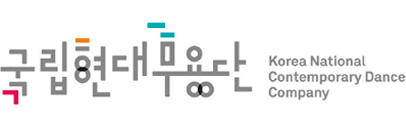
Korea National Contemporary Dance Company
Talking Dance: On Screen is presented in association with attakkalari
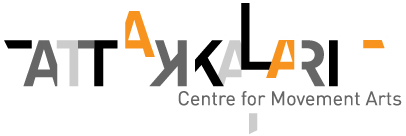
Dance on Film is a specially curated series of contemporary dance projects developed by the Korean National Contemporary Dance Company. The series, co-presented by InKo Centre and the Korea National Contemporary Dance Company, will comprise a total of 5 films, varied in theme and technique, to present some of the most exciting choreographers and dancers in Korea today. With the pandemic looming large, the films provide a window to the resilience of the artists in these unprecedented times, acknowledges the march of technology and the blurring of the real and the virtual and examines deeper fundamental questions of co-existence between Man and Nature and of the possibility of transformation and resurgence through art.
Established in 2010, the Korea National Contemporary Dance Company (KNCDC) is Korea's only national contemporary dance company. Through dance created in collaboration with artists with exceptional creative capacities, KNCDC aspires to create Korean contemporary dance which tells stories of history, society and daily lives of contemporaneity that can be appreciated across regions and by all generations.
As an organization that specializes in the creation of new productions, KNCDC seeks to realise diverse contemporary values in dance performances. KNCDC commissions productions by inviting choreographers with authentic artistic directions and by selecting the most suitable dancers for each project. Furthermore, by protecting the rights of the artists, KNCDC enables artists to freely express individuality within the dance company’s stable system.
TKNCDC continues to work to provide the best environment for dance where the artists and audience can grow together. And as a platform where artists and audiences meet, the company hopes to form a healthy ecosystem where diverse values can coexist. KNCDC plans to enrich the lives of citizens through their experiences with dance at close proximity, in their day-to-day life.
Attakkalari Centre for Movement Arts, Bengaluru, is India’s premier contemporary dance organization working in the realm of education, training, research, choreography, productions, performances, festivals, and stage technologies. Invested in inclusive and ecologically conscious dance practices, holistic education, collaborations, and transdisciplinary exchanges, Attakkalari has developed strategic partnerships with educational institutions, arts organizations as well as entities working for social justice in India and internationally. This apart, Attakkalari produces the Attakkalari India Biennale – South Asia’s biggest festival on contemporary arts whose next edition is programmed for 2021-22. Transmedia Technologies is the tech production vertical for Attakkalari – this is the only instance for an Indian cultural organization to have its own tech division that provides production support to the organization’s consolidated initiatives.
To view the performance, click on www.inkocentre.org/Virtual_Connect_Cultural_Collaborations.html on Friday, 17 December 2021 at 5.00 p.m. IST. The Talking Dance: On Screen discussion follows soon after the screening.
The link to view the performance, will be accessible until Thursday, 23 December 2021.
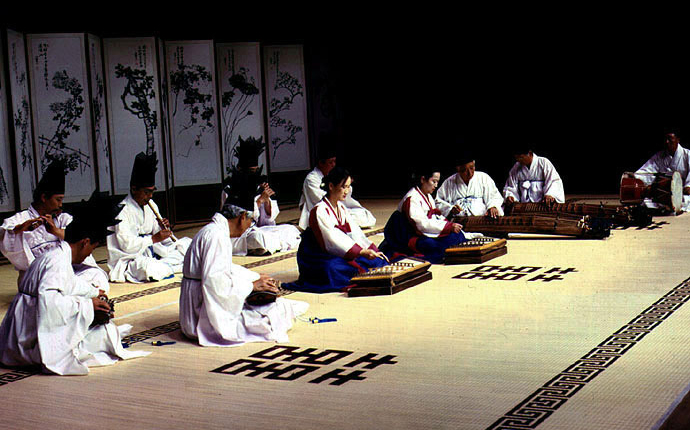
is presented in association with
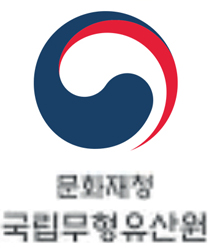
The National Intangible Heritage Center, Republic of Korea.
Cultural heritage can be tangible or intangible. Tangible cultural heritage refers to things that we can store or physically touch. Examples of tangible cultural heritage include traditional clothing, tools, buildings, artwork, monuments, and modes of transportation. Intangible cultural heritage refers to things that are not physical items but exist intellectually. Intangible cultural heritage includes oral traditions songs, rituals, values, superstitions and myths, beliefs, social practices and the knowledge and skills to produce traditional crafts. The Intangible Cultural Properties (무형문화재) are aspects of intangible culture that the government of South Korea has officially designated for preservation under the supervision of South Korea's Cultural Heritage Administration. Exceptional individuals are designated as the holders or invaluable repositories of these craft or performance traditions, and are referred to and supported as Living National Treasures.
In Episode 6 of the Cultural Heritage Series, we focus on Iri Hyangje Julpungnyu is a piece of instrumental music handed down in Iksan, Jeollabuk-do, depicting the scene of Shakyamuni preaching the Lotus Sutra, at Vulture Peak, Gijjhakuta Hill.
The National Intangible Heritage Center's mission is to retrieve Korea's intangible cultural heritage from the past, to preserve it and to increase its value for future generations.
Set up in 2013, The National Intangible Heritage Center (NIHC) is located in Jeonju, a city known for its traditional music, architecture and cuisine. NIHC is the first complex administrative institution for safeguarding and transmission of Korean Intangible Cultural Heritage.
NIHC has various facilities such as permanent/special exhibition galleries, performance halls, archives, international conference rooms, learning spaces.
The primary roles of NIHC are safeguarding, transmitting, and fostering Korea's Intangible Cultural Heritage through research, archiving, exhibitions, performances, educational programs, support for the Masters of Intangible Cultural Heritage practices, and extension of the market for traditional crafts.
Tune in to https://www.inkocentre.org/the_cultural_heritage_series_episode6.html on Wednesday, 22 December 2021 at 6.00 p.m. IST.